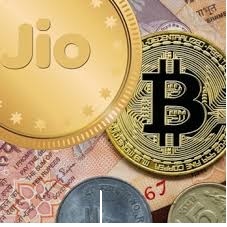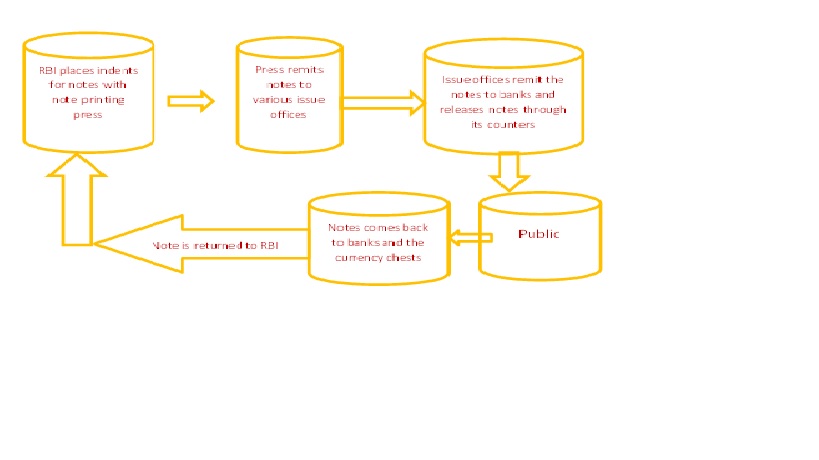The US government’s recent tariff imposition of 25% on steel and 10% on aluminum imports from all countries except Canada and Mexico is a textbook example of economic policy making to serve narrow political interests. This article is not to examine the economic rationale of such a policy that its proponents have been offering. We are not interested to know what an optimal tariff policy should be for a country that has been the dominant trading partner for most the nations during the last 50 years. My main objective in writing this piece is to demonstrate how a nation state, like a chameleon, changes its policy to serve its own interest, perceived or real.
USA has a history of imposing high tariff when it suited interests of various pressure groups within the country. The two most important tariff acts enacted in the history of USA are the Fordney-McCumber tariff act of 1922 and the Smoot-Hawley tariff of 1930. The first one was a response to the drastic fall in farm income between 1919 and 1921- the period following the end of the First World War. The tariff act of 1922 increased the average tariff on dutiable import from 16.4 to 36.17%. The Democratic President Woodrow Wilson did not support imposition of such a steep hike in tariff and vetoed the legislation passed by the Congress on his last day in office. His successor, the Republican President, Warren Harding signed it into law within 3 months of assuming office. The Smoot-Haley act came into force on June 17, 1930. Initially the Republican President Herbert Hoover opposed increase of already high tariff regime. More than thousand economists signed a petition to the president opposing the new tariff proposal. Big corporations as well as large Wall Street firms opposed the bill. The following quote from Wikipedia is revealing
- P. Morgan’s chief executive Thomas W. Lamont said he “almost went down on [his] knees to beg Herbert Hoover to veto the asinine Hawley-Smoot tariff.
The main supporters of the bill were those industries and farmers who expected to benefit directly from enhanced tariff on goods that they were producing.
There are two alternative explanations for preferences for higher or lower tariff regimes. One identifies “pressure group” politics as the main driver of increased tariff regime. The other one emphasizes the “party politics” as the main driver of enactment of these two tariff acts. A study on Effective Rate of Protection attributable to any tariff measure examined the impact of the above two tariff measures on various industries of USA. The study found enough evidence for the “pressure group” theory. It is interesting to note that one of the major looser was the auto industry and no wonder that Henry Ford vehemently opposed the Smoot-Hawley tariff act, calling it “an economic stupidity”.
With the Democratic President F.D. Roosevelt in White House in 1933, USA started changing its trade and tariff policy. Reciprocal Tariff Act of 1934 authorized the president to enter into bilateral negotiation with foreign nations to reduce tariff on a reciprocal basis. This Act is considered as the beginning of a liberal trade regime policy by USA. In the post second world period, USA turned out to be one of the main driving forces behind multilateral trade agreements like General Agreement on Trade and Tariff (GATT) and formation of the World Trade Organization (WTO). The pursuit of liberal trade policy continued under both Republican and Democratic Presidents. President Kennedy brought in the 1962 Trade Expansion Act and helped start the Kennedy Round of world trade talks. Republican President Reagan launched the Uruguay round in 1996 and Democratic President Clinton helped establishment of WTO. We may note that this is the period during which US economy clocked highest average growth in GDP. From 1950 to 2010, the decadal growth rates of US real GDP were: 3.6(1950s), 4.3(1960s), 3.2(1970s), 3.3(1980s), 3.3(1990s), 3.4(2001 to 2010) and 2.1(2011 to 2017). We may also note that, US share in world export during the same periods were: 15.4(1950s), 14.2(1960s), 11.7(1970s), 11.2(1980s), 12.0(1990s), 9.0(2001 to 2010) and 8.5(2011 to 2016). Thus, a nation’s economic policy making is guided by national self-interest alone.
Fault lines in the bipartisan support for a liberal trade policy started appearing with dwindling manufacturing jobs in core industries like metal and coal. With the advent of Internet, even white collar jobs in programming, back office maintenance, digital marketing etc. began to move offshore. The standard economic theory says that a country should specialize in those industries in which it is relatively more efficient. If jobs are migrating from USA to foreign countries, USA should insist on liberalization of trade and services in which it has distinct comparative advantage. In fact, the US supremacy on technology front is beyond doubt and the top 4 valuable companies in the world are technology companies of US. Instead of capitalizing on the country’s strength in scientific and technological innovation and making outstanding products out of them, the present Republican President is bent on leading the country to a black hole.
But should we blame the present President as an ignoramus of the complexities of international trade theory and barking up the wrong tree by assuming high tariff per se would be a remedy for loss of competitiveness of some of the US industries? I believe not. He is, in fact, in good company of some of the doyens of economic theorists of 20th century. Let us take the example of John Maynard Keynes, who after Adam Smith and David Ricardo can be considered as the most influential British economic thinker of the last century.
Keynes was an ardent advocate of free trade as long as his own country was the dominant economic power of the world. But as the British economy started to falter with rising domestic unemployment Keynes reversed his stand. While analyzing Keynes’ views on protectionism, Barry Eichengreen has this to say: – “Keynes repeatedly reversed his public position on the advisability of protection, and it has been difficult to portray the sequence of seemingly contradictory recommendations as a logical progression of thoughts”. Of course, Eichengreen tried to salvage the reputation of Keynes as an economic theorist and policy adviser by saying that Keynes views about protection was “surprisingly consistent” if we consider them in the light of his view on what the paramount goal of economic policy should be. And that goal is maintenance of full employment of his nation. Why an economist should only seek full employment in his or her country when the same policy might generate severe unemployment in other countries? Schumpeter has rightly described policy advices given by Keynes could be seen as “always English advice, born of English problems even when addressed to other nations”
In 1933 Keynes gave the inaugural Finlay lecture titled “National Self-Sufficiency” at Dublin. The lecture was delivered in the backdrop of rising protectionism of the Irish Free State- then a British Dominion. To a large extent the rise of Irish protectionism was due to imposition of penal import duties on Irish agricultural imports in 1932. Thus the choice of lecture topic by Keynes was a deliberate one. He knew that he had to tread a fine line between the interests of his own country and that of another neighboring country- the country hosting his lecture. While not rejecting outright the rationales that he had espoused in defense of free trade, he came to justify some of the protectionism measures of the Irish Free State with the following words:
It is my central contention that there is no prospect for the next generation of a uniformity of economic system throughout the world, such as existed, broadly speaking, during the nineteenth century; that we all need to be as free as possible of interference from economic changes elsewhere, in order to make our own favourite experiments towards the idle social Republic of the future; and that a deliberate movement towards a greater national self-sufficiency and economic isolation will make our task easier, in so far as it can be accomplished without excessive economic cost
Thus Keynes was apparently justified to change his earlier position on Free Trade because, in his opinion, the uniformity of economic system prevailing in 19th century had changed. But in reality what had changed was the loss of uniformity brought about by the suzerainty exercised by the British Empire on the world at large. Today, USA is in the similar position. We are yet to know whether this repetition of history will end in tragedy or farce.
References:
Archibald Robert B et al (2000): Effective rates of protection and the Fordney-McCumber and Smoot-Hawley Tariff Acts: comments and revised estimates: in Applied Economics No 9
Eichengreen, Barry (1984): Keynes and protection in the Journal of Economic History No2
Keynes John Maynard (1933): National Self-sufficiency in Studies: An Irish Quarterly Review No 86
Schumpeter, J . A (1946): John Maynard Keynes in American Economic Review Issue No 4



